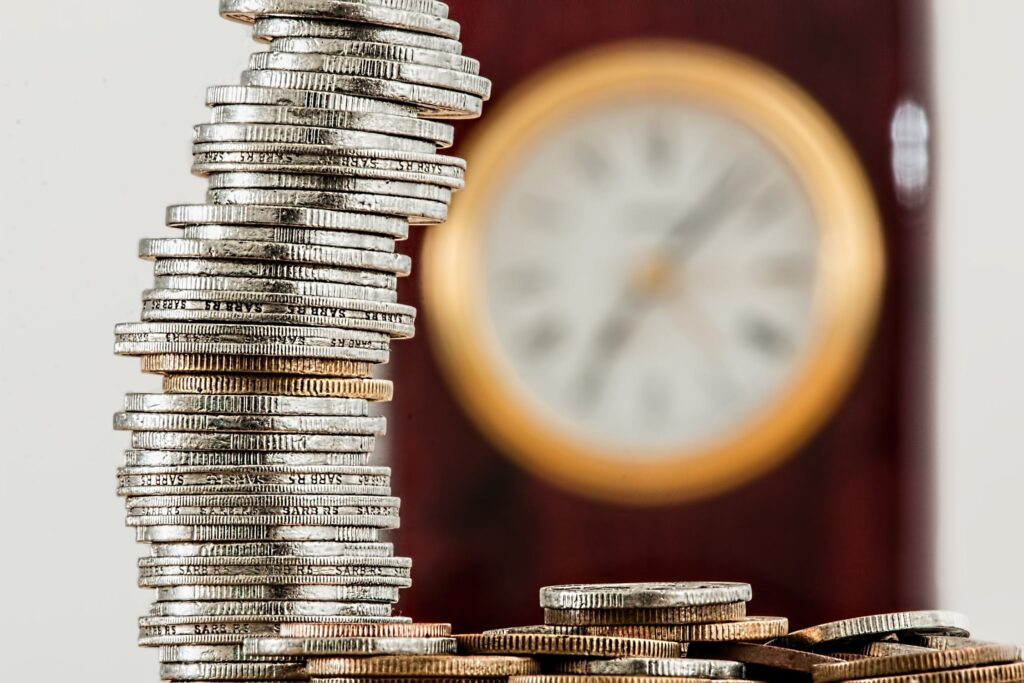
There are lots of different reasons people become interested in coin collecting, and regardless of how they become interested in the hobby, there are some fundamentals all collectors should understand. The first thing would-be collectors should do is to become educated—before they start investing in any coins.
The first numismatic book any collectors who wish to educate themselves should read should be about grading. Grading refers to how worn a coin is from regular use. The higher the grade, the more you will likely have to pay for the coin. American coins are graded on a 70-point scale ranging from 1 to 70, or from poor (1) to mint (70).
Grading is viewed as both an art and a science, and it is a skill that requires quite a bit of practice to improve. There are courses and seminars coin collectors can take to improve this foundational skill.
There is one tool that all coin collectors should have—a loupe, typically magnified 5X, 7X, or 10X for clear viewing of a coin. It will enable the viewer to identify signs of cleaning or other damage. New collectors will find that loupes are quite affordable, usually under the 50-dollar mark.
When It’s Time to Invest
Once new collectors learn about grading and are armed with a loupe, it’s time to start investing in some coins. Whether you are at a coin show, auction, or your favorite Denver coin shop, here are some things to keep in mind when you are considering a purchase.
- Take a look at the coin you want to purchase under good lighting. It’s important to examine the surface to determine whether the coin has been cleaned or otherwise damaged. Look for things like tiny scratches, which could indicate the coin was cleaned. An undamaged coin will have a luster that reflects in an hourglass shape. You can see this when the coin is rotated. Because being able to spot luster comes only with practice, it’s a good idea to learn this skill under the tutelage of a more experienced collector.
- If the coins are not inside any kind of a holder, they are referred to as “raw” coins. Be sure to hold these coins only by their edges. The oils from your skin can damage the surface of the coin over time. Many serious collectors wear gloves or use tweezers to examine coins.
- Figure out what grade you believe the coin to be. This is where the aforementioned grading book will come in handy. Grading is a pretty subjective opinion, and the truth is that if you ask five different people to grade a coin, you’ll probably get five different grades. Some unscrupulous sellers might also try to “over grade” a coin so they can charge more. This is another reason why it’s so important for collectors to learn about grading.
- Look for problems with the coin, such as dings or corrosion. These types of issues will adversely impact the coin’s grade—often to the point where the coin cannot be graded as a problem-free coin. The coin should also have good eye appeal and look attractive.
Contact Mile High Coin
Whether you are new to coin collecting or a seasoned numismatist , we have expertise in U.S. and world coins, as well as jewelry, watches, sterling tea sets, and flatware. Give us a call to schedule an appointment. Call 720-370-3400 today!